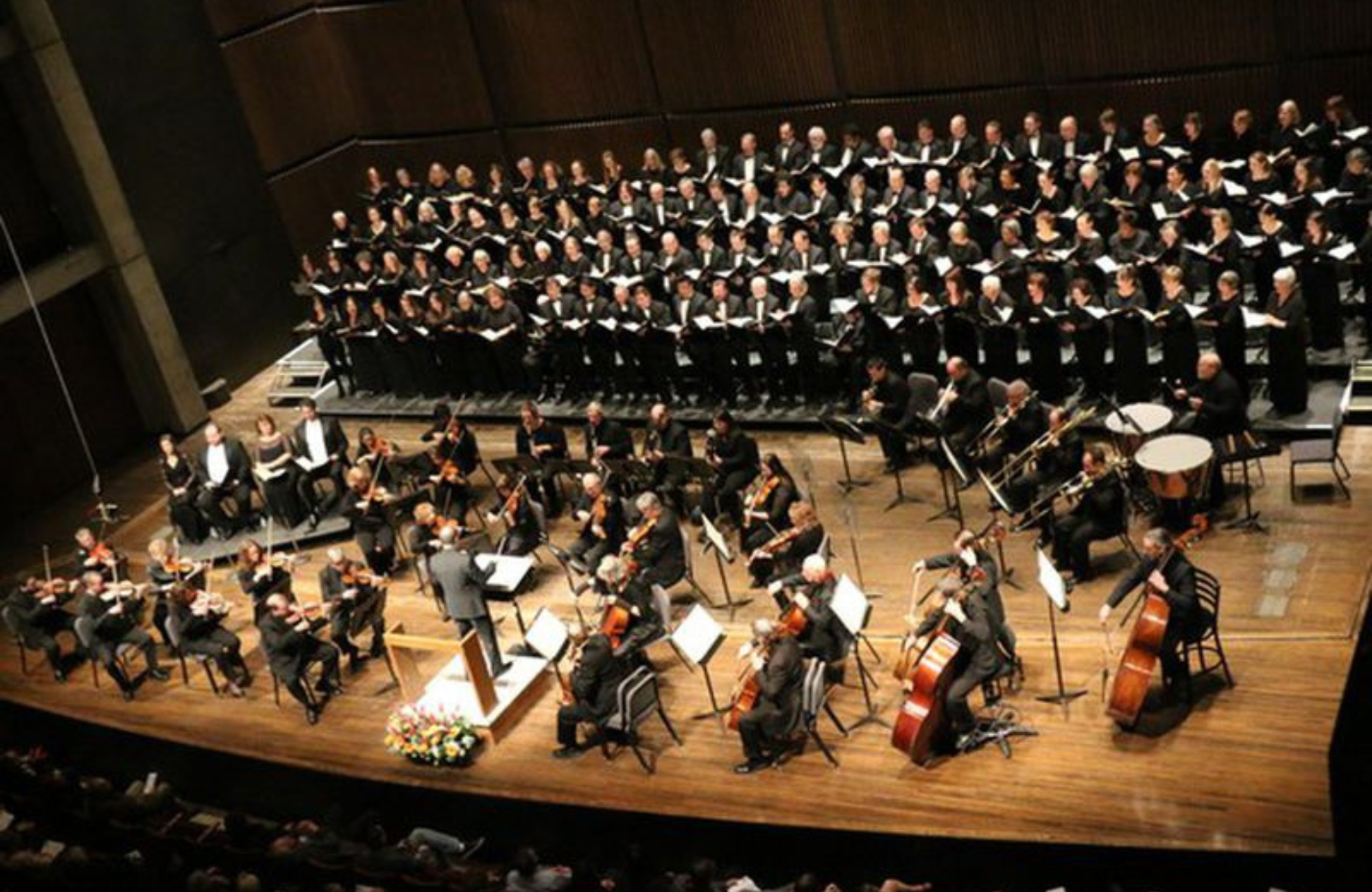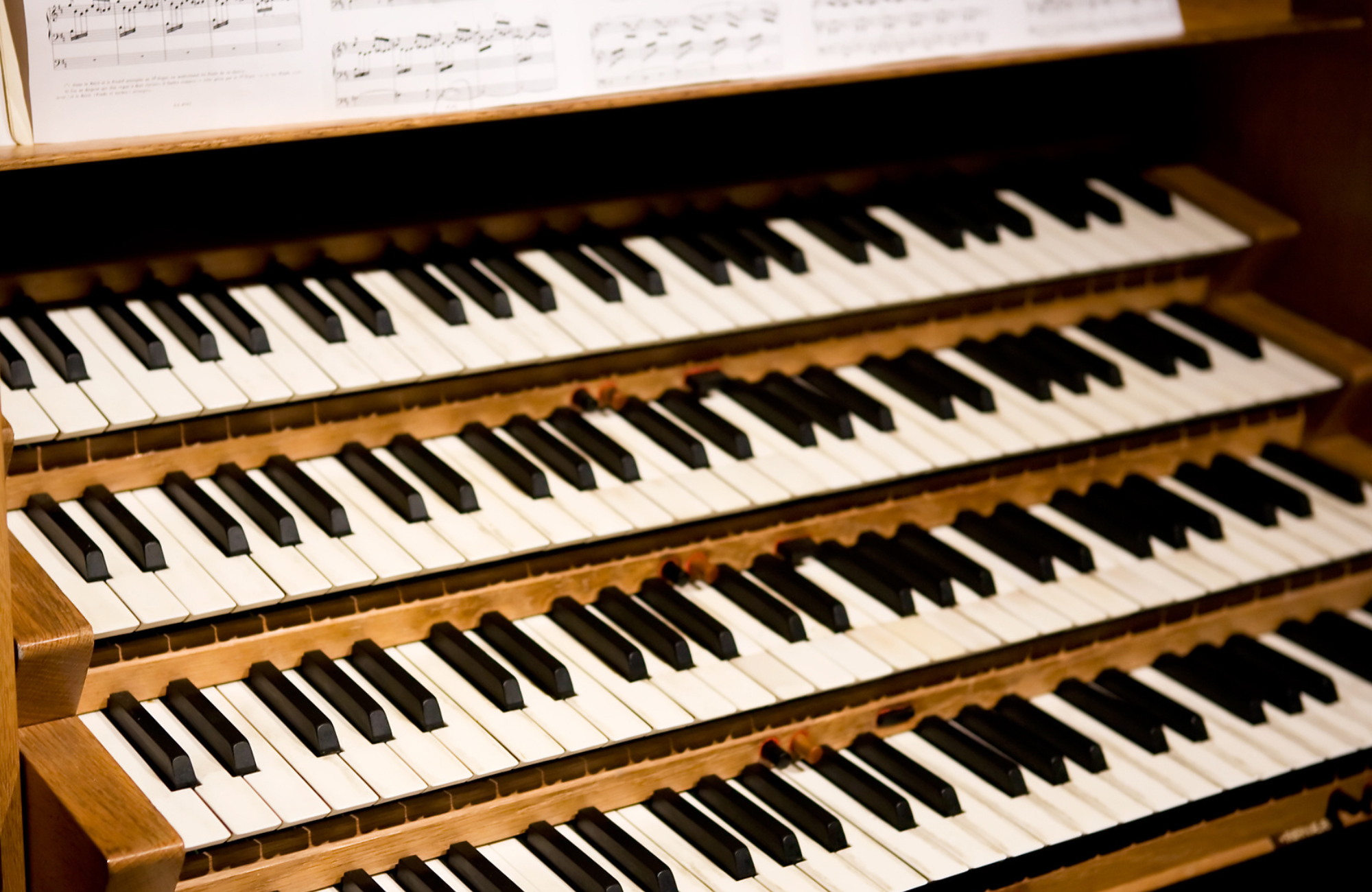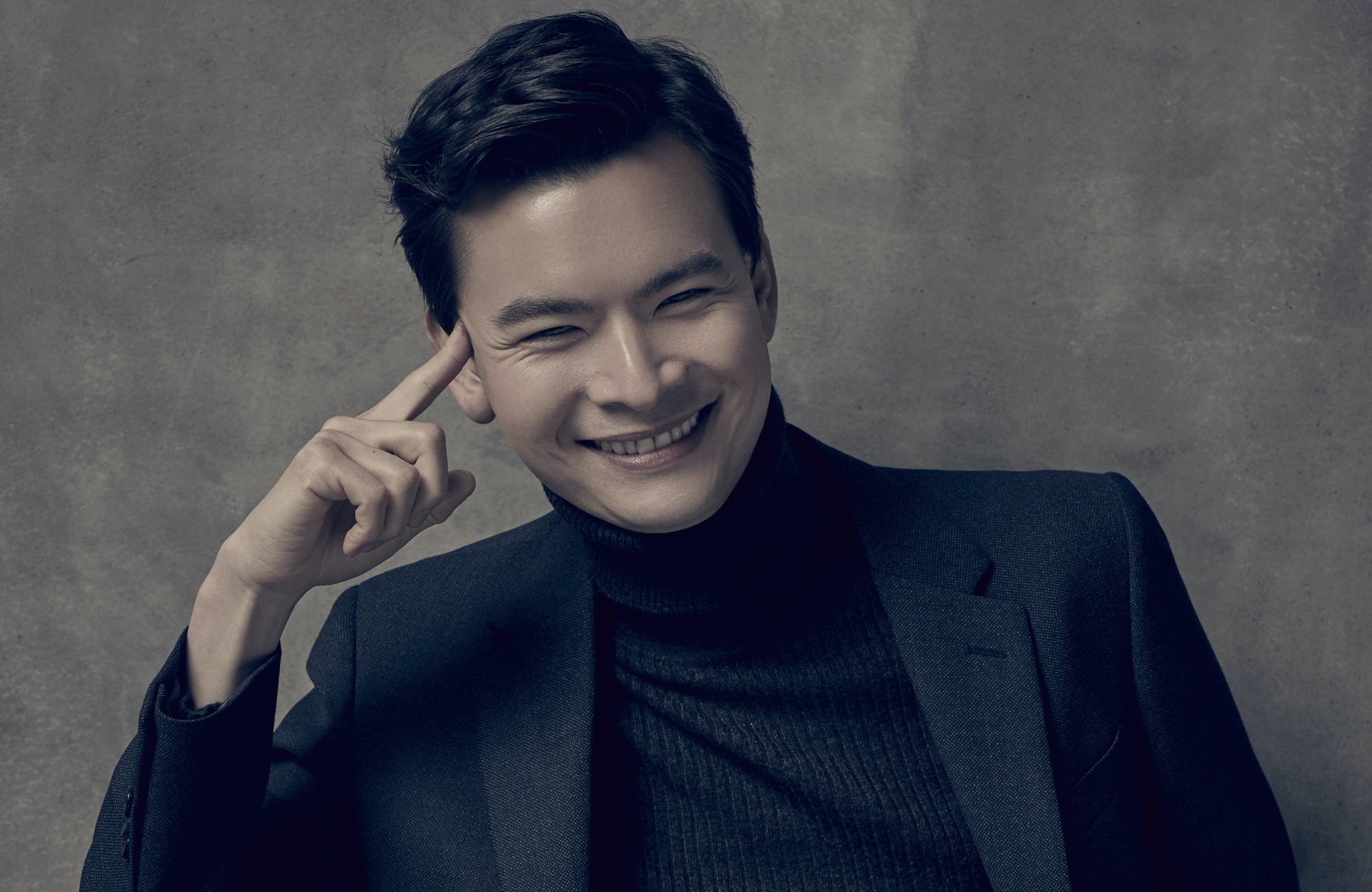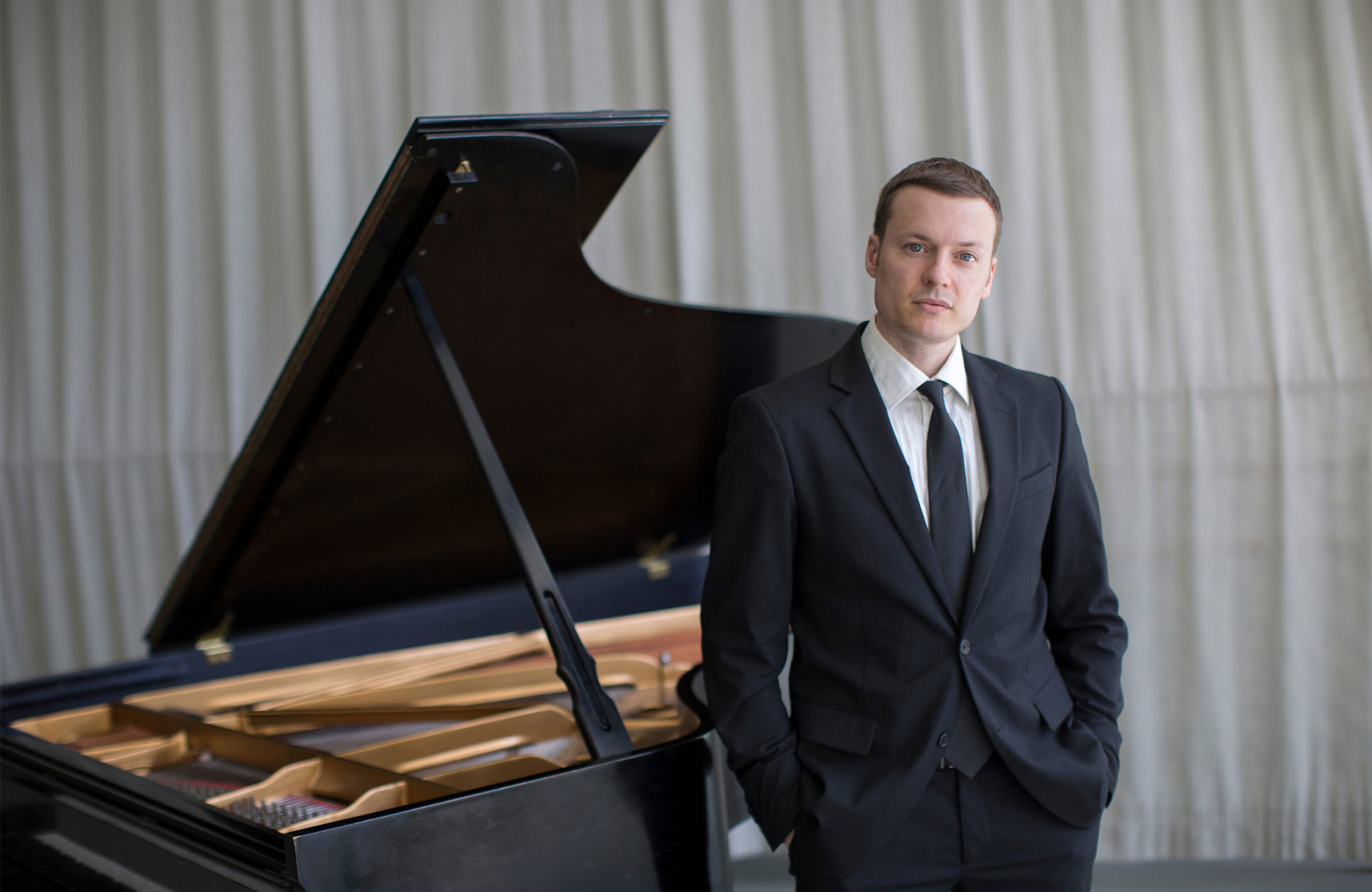Sensational soprano Christina Pier performs Barber’s dramatic Knoxville Summer of 1915, and we hear Society of Composers Region II Conference winning composer Dinah Bianchi’s Chasse Noir. After intermission, acclaimed baritone Tim LeFebvre joins Christina Pier and the Syracuse University Oratorio Society, under the direction of John Warren, to perform Vaughan Williams’ Dona Nobis Pacem (Grant Us Peace). Premiered in 1936, and utilizing text of Walt Whitman, Vaughan Williams’ Dona Nobis Pacem was performed dozens of times in the years leading up to the start of World War II.
PROGRAM
ROSSINI: William Tell Overture ![]()
BIANCHI (Society of Composers Region II Conference Winner): Chasse Noir
BARBER: Knoxville: Summer of 1915, Op. 24 ![]()
VAUGHAN WILLIAMS: Dona Nobis Pacem ![]()
Thanks to our sponsors for this performance!
PROGRAM NOTES
Tonight’s Concert for Peace moves from dark to light, from the aggressive to the sublime—although the route is not straightforward. We open with the North American premiere of Chasse Noir by Dinah Bianchi. The origin of the piece was simple: “I sat down one day,” the composer says, “and wanted to write a chase scene”— a work that was “energetic and intense,” and that lasted longer than many chase scenes do. You might expect, as I did, that her idea was sparked by the visual images in the film noir that she loves (she’s a great ...
Tonight’s Concert for Peace moves from dark to light, from the aggressive to the sublime—although the route is not straightforward. We open with the North American premiere of Chasse Noir by Dinah Bianchi. The origin of the piece was simple: “I sat down one day,” the composer says, “and wanted to write a chase scene”— a work that was “energetic and intense,” and that lasted longer than many chase scenes do. You might expect, as I did, that her idea was sparked by the visual images in the film noir that she loves (she’s a great Hitchcock fan). But in fact, Dinah is a horn player as well as a composer, and her inspiration came from her years as a member of various orchestras rather than from her experiences as a viewer.
As she composes, she often imagines herself on stage, thinking about how the instruments around her “resonate.” And for Chasse Noir more specifically, she says, “I began by trying to think of different exhilarating musical moments that I have been involved with, thinking about what the music has sounded like as I have performed it, and what techniques cause those pieces to be driven.” To a certain extent, Chasse Noir reveals her appreciation of the scores of John Williams (say, the “Knight Bus” of Harry Potter and the Prisoner of Azkaban) and Bernard Herrmann (North by Northwest), as well as of the concert music of Janáček (like Janáček’s music, Chasse Noir builds on short motifs rather than long lines). But Dinah’s appreciation doesn’t lead to “mirroring”; she aims to write in very much her own language. The music’s thrilling sense of anticipation has atleast two sources: its consistent rhythmic drive and the dazzling way the basic motifs are thrown back and forth among the instruments. The resulting mosaic gives everyone in the orchestra a chance to contribute. Still, as in the movie music that nourished her love for her instrument when a youngster (“horns get all these great parts: heroic, energetic”), the horn parts are especially “juicy.” Chasse Noir won an award from the Society of Composers Region II Conference—and hearing it, you’ll know why. After this brand-new piece, we move to a Symphoria favorite—Knoxville: Summer of 1915, composed in 1947 by Samuel Barber (1910–1981). The contrast could hardly be greater. Knoxville draws excerpts from a brief autobiographical prose poem by James Agee that was later incorporated into A Death in the Family; and it represents the innocence of a young child soaking in the sights and sounds of a quiet summer evening. Calling for a much smaller orchestra, one that’s used with considerable restraint, Knoxville is nostalgic rather than expectant, and it is as sweet as Chasse Noir is edgy.
Yet that sweetness is not unalloyed. The author Agee, writing in 1946, knew things that his younger self, the poem’s narrator, did not know: that his “dear father” was soon to die in an automobile accident—and, especially relevant to tonight’s concert, that the United States would soon be pulled into the First World War. No surprise, then, that at moments, tonight’s soloist Christina Pier hears shadows lurking in the background of the piece. She points in particular to the way the cellos and bass bring a “solemn dark feeling right before the soprano sings ‘May God bless my people’” about ten minutes in; but in fact, shadows flicker throughout. It’s a subtle effect—but this is a work full of subtlety, and performing it requires an exquisite sense of equilibrium. Since Knoxville stands at the border of chamber music and orchestral music—since it’s a “collaborative effort” where “each instrument has these wonderful solos that are doing as much of the text-painting as the soprano line is”—Christina has to find the
right balance with her fellow performers. At the same time, since Knoxville stands at the border of poetry and music (as Christina puts it, “the music is a vehicle for the text”), she has to find the right balance between words and music in order “to bring out the literary devices and the amazing alliteration” without “pulling away from the notes that Barber wrote”—and to do so in a way that’s “nuanced,” but not “affected.” The work may sound effortless, but the ease is really an illusion.
One reason why Knoxville is such a beloved work is that its evocation of a lazy summer evening is miraculously fresh. Freshness is perhaps the last word that leaps to mind when you think of the Overture to the 1829 opera William Tell by Gioachino Rossini (1792–1868). That’s largely because, at least since the days of the Lone Ranger, the ending has been so often used (and abused) in popular culture and advertising that it has nearly blotted out the rest of the piece. In fact, the opera itself—Rossini’s last—is not only one of his grandest, but also his most innovative. And for all its familiarity, its Overture, too, is probably Rossini’s most original. Unusually for an opera overture, it consists of four distinct sections: an opening passage of peaceful rumination, a storm, an evocation of the pastoral beauty of Switzerland, and the familiar galloping finale. And despite the blatancy of that brass-and-percussion-drenched closing, the score glows with more sensitive colors earlier on. The opening conversation among five cellists is striking, and the barely audible rolls of the timpani in the background announce the coming storm with remarkable tact. The English horn solo in the pastorale, written in part to show off the skills of Gustave Vogt (the most important French oboist of the time), is one of the 19th century’s prime orchestral showcases for the instrument, especially effective in the way it intertwines with the shimmers of the solo flute. The gentle contributions of the triangle during this duet—which French composer Berlioz interpreted as the bells on grazing sheep—only make the passage that much more glistening.
Nor should we underestimate the ending. Based on a play by Schiller, the opera William Tell is a tale of resistance to oppression, with families and lovers torn apart by political conflict. And it closes on an upbeat, with a hymn to the communal solidarity that comes from victory over the oppressors. That positive turn of events is presaged by the celebratory final section of the Overture—which, while hardly subtle, is certainly stirring.
And yet, as Ralph Vaughan Williams (1872–1958) reminds us in his 1936 plea for peace, Dona Nobis Pacem, there’s always a cost to war, even when the “right” side triumphs. Vaughan Williams was a veteran of First World War, and his experiences had an impact on his politics. Although he was not a pacifist in the way that his colleagues Michael Tippett and Benjamin Britten were, Vaughan Williams was a committed advocate for peace, and during the Second World War, he was active in helping refugees from the continent. His experience in the military also had an impact on his music, most clearly in Dona Nobis Pacem. The title may lead you to expect a calm and radiant work, especially if you think of Vaughan Williams primarily as the composer of the meditative Fantasia on a Theme of Thomas Tallis. In fact, though, Dona Nobis Pacem is Vaughan Williams at his angriest. The title may also lead you to expect a religious, even a liturgical, piece; but although he sets texts from the Bible as well as a bit from the Mass, Vaughan Williams—a life-long agnostic—leans more heavily on Walt Whitman’s poetry responding to the carnage of the American Civil War.
Dona Nobis Pacem begins with a plaintive plea for peace from the soprano, which is followed by a shattering description of the destruction of war, a brief attempt at reconciliation, and (arguably the most powerful movement of all), the “Dirge for Two Veterans,” father and son “dropped together” in combat and placed in a double grave. A dark movement of doubt, perhaps despair, comes in its wake, before the final movement, which ends in a radiant “Dona nobis pacem” from the soprano and a cappella chorus, a breathtaking moment that brings a recognition of music’s power to heal.
Peter J. Rabinowitz
Have any comments or questions? Please write to
FEATURED ARTISTS

American soprano Christina Pier has been hailed by Opera News for her “big, gleaming soprano and impressive coloratura,” and has received great critical and audience acclaim for her work on opera and concert stages. Her 2018-19 season highlights include a performance of Carmen co-produced Opera Carolina and the Toledo ...
American soprano Christina Pier has been hailed by Opera News for her “big, gleaming soprano and impressive coloratura,” and has received great critical and audience acclaim for her work on opera and concert stages. Her 2018-19 season highlights include a performance of Carmen co-produced Opera Carolina and the Toledo Opera and Beethoven’s Symphony No. 9 with the Tallahassee Symphony.
In the 2017-18 season Christina Pier was a soloist in Beethoven’s Symphony No. 9 in a return to the Missoula Symphony Orchestra and performed Handel’s Messiah with the Baltimore Symphony Orchestra and Indianapolis Symphony Orchestra, Vaughan Williams’ Dona nobis pacem with Back Bay Chorale, and Mahler’s Symphony No. 2 (“Resurrection”) and Richard Strauss’ Trio from Der Rosenkavalier in a return to the Winston-Salem Symphony. Other recent engagements include a soloist role in Brahms’ Ein Deutsches Requiem with the Indianapolis Symphony, in Handel’s Messiah with the Virginia Symphony, Vaughan Williams’ Dona nobis pacem with the Orquesta Sinfonica Nacional de Mexico, Mozart’s Mass in C Minor with the Missoula Symphony Orchestra, Mendelssohn’s Elijah with the Indianapolis Symphonic Choir, a concert of Mozart arias with the Tallahassee Symphony, and the role of Donna Anna in a semi-staged production of Mozart’s Don Giovanni with the Kalamazoo Symphony.
A Grand Finals Winner of the Metropolitan Opera National Council Auditions, opera highlights for Ms. Pier include the title role in Ariadne auf Naxos with Virginia Opera; Donna Anna in Don Giovanni with Santa Fe Opera, Sarasota Opera, Nashville Opera, and Eugene Opera; Micaëla in Carmen and Pamina in Die Zauberflöte with Florida Grand Opera; the Countess in Le nozze di Figaro with Minnesota Opera; Marguerite in Faust with Eugene Opera; and Micaëla in Carmen with the Princeton Festival.
On concert stages, her appearances include Mahler’s Symphony No. 4 with the North Carolina Symphony and Rochester Symphony; Handel’s Messiah with the Indianapolis and Winston-Salem Symphonies; Verdi’s Requiem with the Charlottesville Symphony; Mendelssohn’s Elijah with the Colorado Symphony; Mozart’s Requiem with the Charlotte Symphony and Eugene Symphony; Mendelssohn’s Lobgesang and selections from Beethoven’s Leonore with the St. Paul Chamber Orchestra; Mozart’s Great Mass in C Minor with the Alabama Symphony; and Ravel’s Shéhérazade with the Hartford Symphony. She has also performed Beethoven’s Symphony No. 9 with Roberto Abbado, given recitals under the auspices of the George London Foundation, and concerts with the World Youth Orchestra in Italy and at the General Assembly Hall of the United Nations in New York. She appears as a soloist on a recording of Vaughan Williams’ Dona nobis pacem, with David Hill and the BBC Singers on the Naxos label.
Ms. Pier is the recipient of numerous prestigious awards including the George London Foundation Award, Sullivan Musical Foundation Award, two Charles A. Lynam Awards, and two Palm Beach Opera Competition Awards. Originally from Flagstaff, AZ, Ms. Pier received a BM and MM in voice at Indiana University where she studied with Virginia Zeani. She is currently an Artist in Residence at Catawba College, and a Guest Lecturer at University of North Carolina, Charlotte.
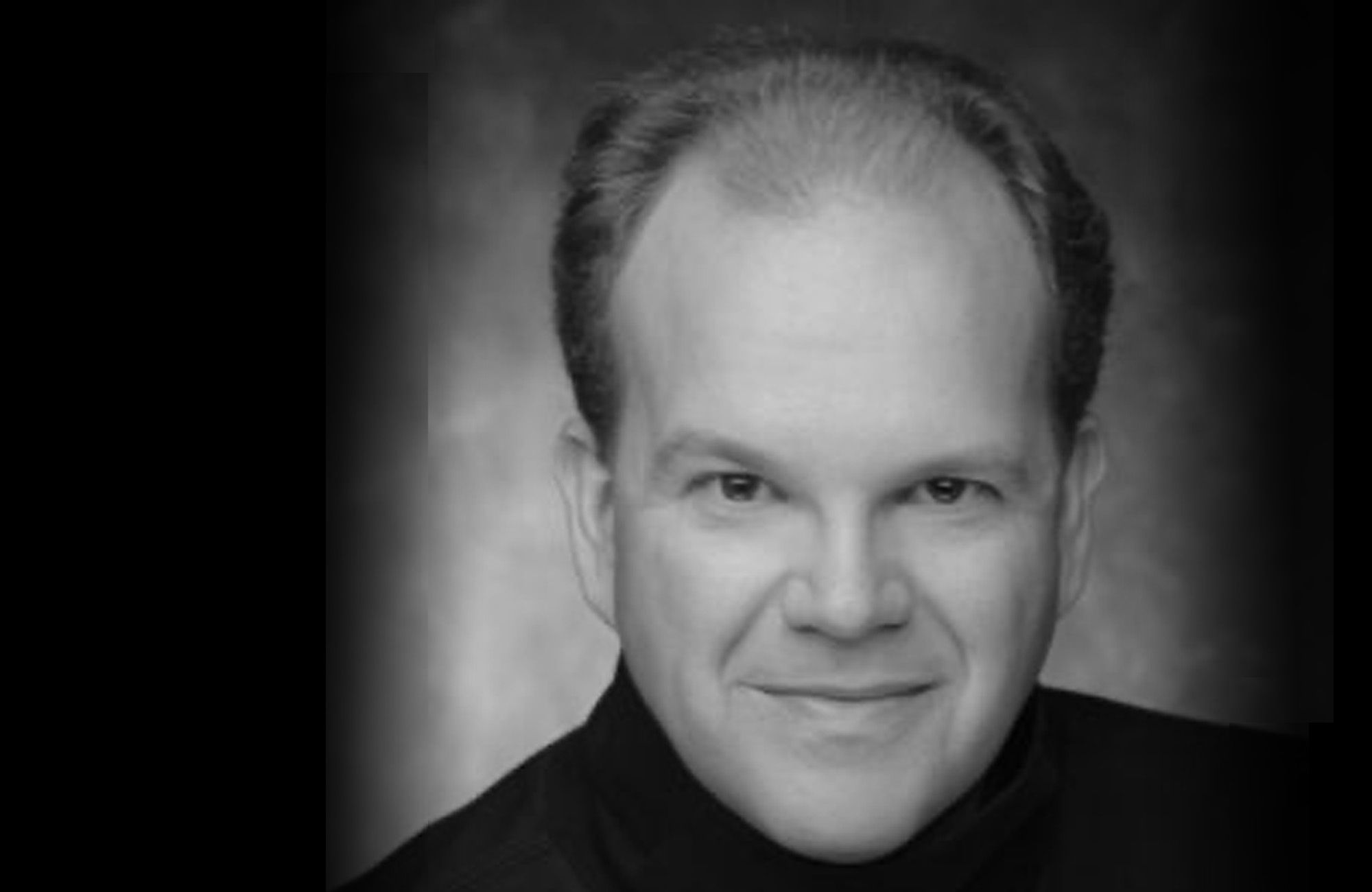
Nationally acclaimed baritone Timothy LeFebvre has wide-ranging experience from the operatic stage to the concert hall. Recent performances include Dett’s The Ordering of Moses at Oberlin Conservatory, Mendelssohn’s Elijah with New Dominion Chorale (Washington, DC), Brahms’ Requiem with Hamilton College, Bach’s Saint John Passion with Spoleto ...
Nationally acclaimed baritone Timothy LeFebvre has wide-ranging experience from the operatic stage to the concert hall. Recent performances include Dett’s The Ordering of Moses at Oberlin Conservatory, Mendelssohn’s Elijah with New Dominion Chorale (Washington, DC), Brahms’ Requiem with Hamilton College, Bach’s Saint John Passion with Spoleto Festival USA, Vaughan-Williams’ Dona nobis pacem with Binghamton University, Mahler’s Lieder eines fahrenden Gesellen with Butler County Symphony, Britten’s War Requiem with Wichita Symphony, and Haydn’s Mass in Time of War with Symphoria (Syracuse, NY).
Mr. LeFebvre has appeared in concert with the Jacksonville Symphony, Indianapolis Chamber Orchestra, Cleveland Pops Orchestra, Wichita Symphony, Pensacola Symphony, Evansville Symphony, Symphoria (Syracuse), Butler County Symphony Orchestra, Toledo Symphony, West Virginia Symphony Orchestra, Vermont Symphony, Minnesota Symphony, Syracuse Symphony, American Symphony Orchestra, Pittsburgh Symphony, Spokane Symphony, Binghamton Philharmonic, Rochester Bach Festival, Berkshire Choral Festival, New Dominion Chorale, Williamsport Symphony, Orchestra of the Southern Finger Lakes, Syracuse Chamber Music Society, the Skaneateles Festival and the Marlboro Music Festival. He has also appeared in concert at New York’s Carnegie Hall and Alice Tully Hall.
LeFebvre’s operatic experience features performances with Central City Opera, Tri-Cities Opera, Sarasota Opera, Chattanooga Symphony and Opera, Syracuse Opera, Indianapolis Opera, Opera Delaware, and Opera Theater of Pittsburgh.
Mr. LeFebvre graduated with honors from Carnegie Mellon University and Binghamton University, and previously taught at Binghamton University, Cornell University, Syracuse University, Colgate University and Hamilton College. During the summer, LeFebvre is the Young Artists Division Head for Bel Canto in Tuscany. He is currently Professor of Voice at Oberlin Conservatory of Music, where he is also division director of vocal studies. A frequent and favorite performer in the Syracuse area, LeFebvre has sung numerous concerts and operas with Symphoria, Syracuse Symphony, and Syracuse Opera.

Founded in 1975, the Syracuse University Oratorio Society is a large chorus comprised of Syracuse University students and community members that regularly performs choral-orchestral masterworks with the Syracuse Orchestra. The Oratorio Society has been directed by John Warren, professor of music and director of choral activities, since 2011.
Founded in 1975, the Syracuse University Oratorio Society is a large chorus comprised of Syracuse University students and community members that regularly performs choral-orchestral masterworks with the Syracuse Orchestra. The Oratorio Society has been directed by John Warren, professor of music and director of choral activities, since 2011.

Described as bringing an “artisan storyteller’s sensitivity… shaping passages with clarity and power via beautifully sculpted dynamics… revealing orchestral character not seen or heard before” (Arts Knoxville) Lawrence Loh enjoys a dynamic career as a conductor of orchestras all over the world.
After an extensive two ...
Described as bringing an “artisan storyteller’s sensitivity… shaping passages with clarity and power via beautifully sculpted dynamics… revealing orchestral character not seen or heard before” (Arts Knoxville) Lawrence Loh enjoys a dynamic career as a conductor of orchestras all over the world.
After an extensive two year search, Lawrence Loh was recently named Music Director of the Waco Symphony Orchestra beginning in the Spring of 2024. Since 2015, he has served as Music Director of The Syracuse Orchestra (formerly called Symphoria), the successor to the Syracuse Symphony Orchestra. “The connection between the organization and its audience is one of the qualities that’s come to define Syracuse’s symphony as it wraps up its 10th season, a milestone that might have seemed impossible at the beginning,” (Syracuse.com) The Syracuse Orchestra and Lawrence Loh show that it is possible to create a “new, more sustainable artistic institution from the ground up.”
Appointed Assistant Conductor of the Pittsburgh Symphony in 2005, Mr Loh was quickly promoted to Associate and Resident Conductor within the first three years of working with the PSO. Always a favorite among Pittsburgh audiences, Loh returns frequently to his adopted city to conduct the PSO in a variety of concerts. Mr. Loh previously served as Music Director of the West Virginia Symphony Orchestra, Music Director of the Northeastern Pennsylvania Philharmonic, Artistic Director and Principal Conductor of the Syracuse Opera, Music Director of the Pittsburgh Youth Symphony Orchestra, Associate Conductor of the Dallas Symphony Orchestra, Associate Conductor of the Colorado Symphony Orchestra and Music Director of the Denver Young Artists Orchestra.
Mr. Loh’s recent guest conducting engagements include the San Francisco Symphony, Dallas Symphony, North Carolina Symphony, Baltimore Symphony, Sarasota Orchestra, Florida Orchestra, Pensacola Symphony, Atlanta Symphony, National Symphony, Detroit Symphony, San Diego Symphony, Seattle Symphony, National Symphony (D.C.), Utah Symphony, Rochester Philharmonic, Indianapolis Symphony, Calgary Philharmonic, Buffalo Philharmonic, Albany Symphony and the Cathedral Choral Society at the Washington National Cathedral. His summer appearances include the festivals of Grant Park, Boston University Tanglewood Institute, Tanglewood with the Boston Pops, Chautauqua, Sun Valley, Shippensburg, Bravo Vail Valley, the Kinhaven Music School and the Performing Arts Institute (PA).
As a self-described “Star Wars geek” and film music enthusiast, Loh has conducted numerous sold-out John Williams and film music tribute concerts. Part of his appeal is his ability to serve as both host and conductor. “It is his enthusiasm for Williams’ music and the films for which it was written that is Loh’s great strength in this program. A fan’s enthusiasm drives his performances in broad strokes and details and fills his speaking to the audience with irresistible appeal. He used no cue cards. One felt he could speak at filibuster length on Williams’ music.” (Pittsburgh Tribune)
Mr Loh has assisted John Williams on multiple occasions and has worked with a wide range of pops artists from Chris Botti and Ann Hampton Callaway to Jason Alexander and Idina Menzel. As one of the most requested conductors for conducting Films in Concert, Loh has led Black Panther, Star Wars (Episodes 4-6), Jaws, Nightmare Before Christmas, Jurassic Park, Casablanca, The Wizard of Oz and Singin’ in the Rain, among other film productions.
Lawrence Loh received his Artist Diploma in Orchestral Conducting from Yale, his Masters in Choral Conducting from Indiana University and his Bachelor of Arts from the University of Rochester. Lawrence Loh was born in southern California of Korean parentage and raised in Carlisle, Pennsylvania. He and his wife Jennifer have a son, Charlie, and a daughter, Hilary. Follow him on instagram @conductorlarryloh or Facebook at @lawrencelohconductor or visit his website, www.lawrenceloh.com


